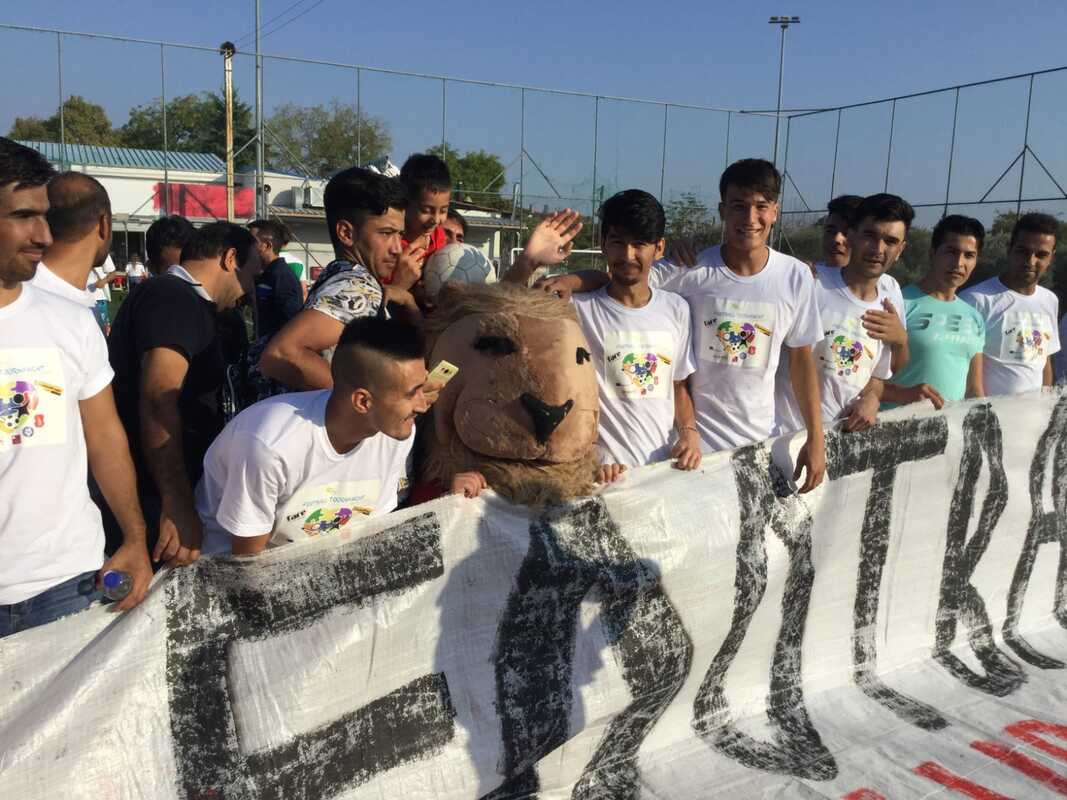Ultras are football fans known for their fanatical support. The term originated in Italy but is now used worldwide to describe football fans that are not as chaotic as hooligans. Ultras groups use flares, provide loud vocal support and display banners at football stadiums, in order to create an atmosphere which encourages their own team and intimidates the opposing one. Their actions can be influenced by political ideologies such as conservatism, socialism or views on racism, ranging from nationalists to anti-fascists. The loyal support of the team might become secondary to the theoretical ideology. They proudly wear the scarves and colors of their team and don’t get as violent as hooligans that disguise themselves in casual clothes so as not to get in trouble with the police.
Football hooliganism, however, goes further than that, and involves conflict between gangs (called “football firms” from British slang) which are formed to intimidate and physically attack the supporters of the opposing teams. Hooliganism often happens outside of the stadium to avoid arrest by the police. In extreme cases, people have gotten hurt and even been killed. Hooligans wear scarves to hide their faces and casual clothing instead of wearing the colors of the football teams.
In the English media, the label “football hooliganism” first appeared in the 1960s, which lead to increased media interest in the subject. It might be that the frequent reporting of the acts of disorder created a moral panic that is not in proportion with the scale of the actual problem. However, this kind of behavior is certainly a problem and I am sure many people have firsthand experience with it on the streets. As an Estonian, I have not noticed or thought about this kind of extreme support for football locally, as it does not seem to be such a big thing there (perhaps because we do not win a lot), so as I lived abroad, I saw with disturbed wonder how riled up men could get from just – in my humble opinion – football. To someone not having followed or cared about the games or the culture, the streets filled with crazy drunk football fans can be a dangerous picture. These days, any kind of extreme fandom or stan-culture tends to be unhealthy, while creating too much opposition, and seems to be an excuse to be violent or cause trouble.
As for the reasons behind such behavior, there can be many. Football hooliganism has been called “ritualized male violence,”[1] which succinctly sums up the phenomenon. Scholars Paul Gow and Joel Rookwood at Liverpool Hope University found in a 2008 study that “football violence can be explained in relation to a number of factors, relating to interaction, identity, legitimacy and power. Football violence is also thought to reflect expressions of strong emotional ties to a football team, which may help to reinforce a supporter’s sense of identity.”[2] It can often happen that people without a sense of identity fall “victim” to extremist groups that give them a purpose and a meaning to life. It is exhilarating and freeing to be a part of something, to feel like you belong. This is not a good and healthy way of going about it though. Hopefully, in the future, people will find better ways to search for their identity and to feel like they belong, and there will be less need for senseless violence and tiring rivalry, and everyone can exist beside each other in peace.
Jaanika Malla
[1] Ramón Spaaij, Understanding Football Hooliganism: A Comparison of Six Western European Countries.
[2] https://web.archive.org/web/20141031101939/http://www.joelrookwood.com/wp-content/uploads/2012/01/Paper-6-Gow-and-Rookwood-Vol-2-2009.pdf

